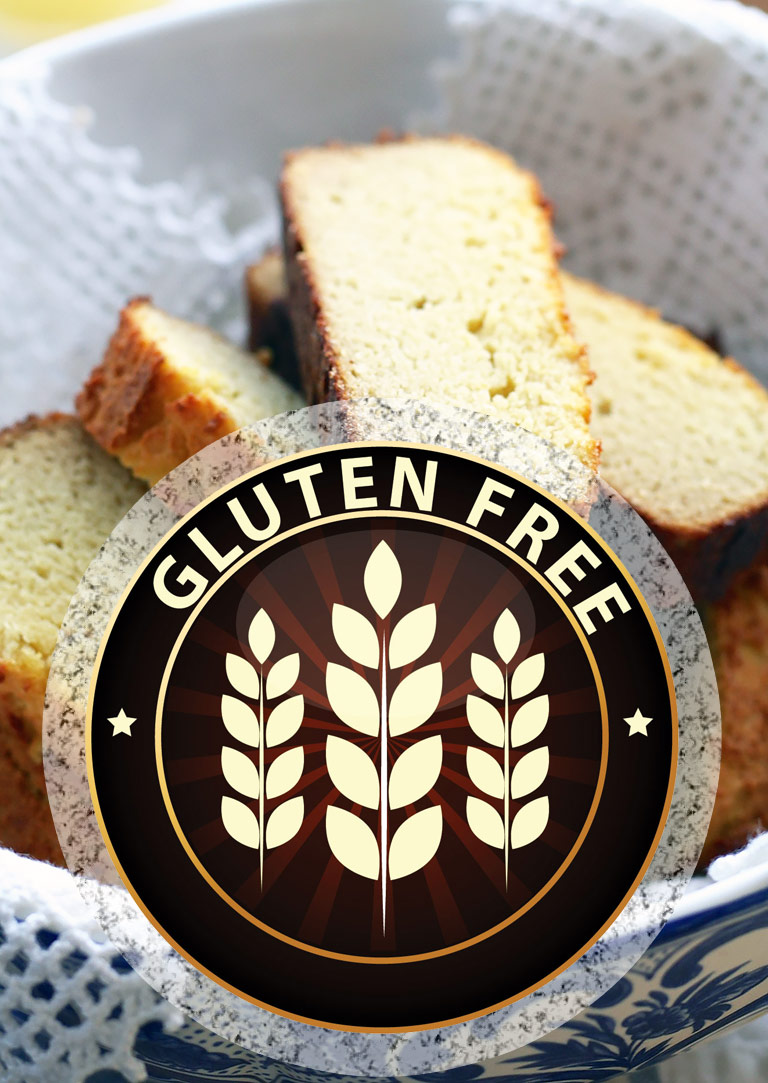
Do You Need a Gluten-Free Diet?
The gluten-free diet is the only treatment for coeliac disease.
Coeliac disease is a lifelong, serious autoimmune disease caused by the immune system reacting to gluten – a protein found in wheat, barley and rye. Coeliac disease affects people of all ages and gender, but you must be born with a genetic predisposition to the disease for it to develop. Environmental factors then play an important role in triggering the disease. This can happen at any age from infancy to adulthood. The only treatment for the condition is a strict gluten-free diet for life.
For those newly diagnosed with the condition, the prospect of a strict gluten-free diet may seem daunting at first; but armed with the right knowledge, the gluten-free diet can be relatively easy to adapt to. Here are top tips for everyday eating…
1. Get used to reading food labels when you shop.
All packaged food is covered by a law on allergen labeling, meaning you can tell whether or not a product is suitable for a gluten-free diet by reading the ingredients list. If a cereal containing gluten has been used as an ingredient in the product, it must be listed in the ingredients list (no matter how little is used).
The specific grain will be listed, so look out for mentions of wheat, rye, barley, oats, spelt, kamut or any other grain which has been made through breeding these together as these all contain gluten. Often, these ingredients will be highlighted in bold.
2. Use gluten-free substitutes in place of gluten-containing foods
Pasta, bread and crackers all contain gluten, but that doesn’t mean you can’t still enjoy these foods in your diet. Instead, switch to gluten-free alternatives of your favourite foods, which you will find in most supermarkets and health food stores. Gluten-free substitute foods include pasta, bread, crackers, bread rolls, cereals and more. Those medically diagnosed with coeliac disease can receive some gluten-free staple food on prescription from the NHS.
3. Remember lots of foods are naturally gluten-free
Fresh fruit and vegetables, meat, poultry, fish, cheese and eggs are naturally gluten-free, so use these as the basis to your meals.
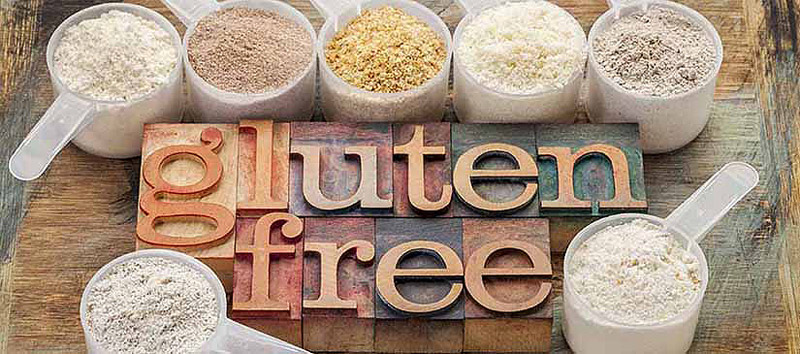
4. Enjoy naturally gluten-free grains and cereals.
The gluten-free diet doesn’t mean that all grains and cereals are off the menu. Quinoa, teff, amaranth, polenta, buckwheat, corn, millet and tapioca are just some of the naturally gluten-free grains which can be included in the diet. Just check the labels to make sure you are using uncontaminated versions. Try swapping traditional breadcrumbs for polenta crumbs, opt for gluten-free buckwheat or rice noodles and pasta and try baking with quinoa for gluten-free alternatives.
5. Know which alcohol to avoid
Gluten-free alcohol includes cider, wine, sherry, spirits, port and liqueurs, but remember that beer, lagers, stouts and ales contain varying amounts of gluten and are not suitable for a gluten-free diet. Gluten-free beers are available in some supermarkets and restaurants, but make sure you only drink those that are labelled in this way.
6. Remember you can still enjoy meals out with family and friends
Being on a gluten-free diet doesn’t mean that you can’t eat out – check out your Coeliac online venue guide to see where you can eat out gluten-free.
7. Be aware of cross contamination
Even a tiny bit of gluten can be enough to cause symptoms for someone with coeliac disease, so make sure you minimize the risk of cross contamination with gluten-containing foods. Do this by washing down kitchen surfaces before use, using separate butters, spreads and jams to minimize the spread of crumbs and invest in some toaster bags to keep your gluten-free bread separate.
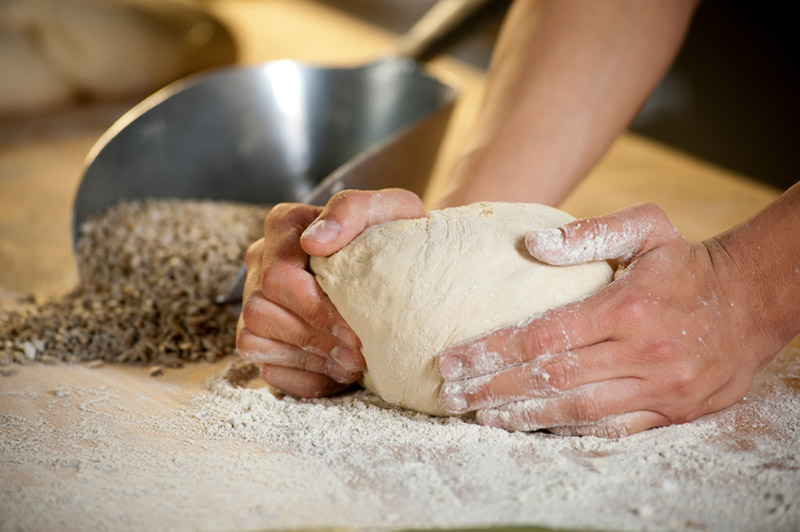
8. Avoid sauces containing gluten
Lots of pasta sauces, gravies, stocks and condiments contain wheat flour, and therefore gluten, so ensure you read the label and exclude anything that isn’t suitable. Instead, try making your own pasta sauces and gravies using cornflour, arrowroot or potato starch to thicken them for a gluten-free option.
9. Experiment in the kitchen
Finding the right gluten-free substitute for your usual gluten-containing ingredients is a matter of personal taste, so spend time in the kitchen getting used to gluten-free flours and baking aids.
10. Remember, gluten-free meals can be just as delicious and healthy too
Once diagnosed with coeliac disease, you can start to make positive changes to your diet to improve your health. Find food and drink directory listing products to help you get started in the kitchen.
11. Check your meds for gluten
If you have coeliac disease and can’t tolerate gluten, check with a pharmacist about whether any medications you’re taking contain the protein. Gluten often is found in unexpected products, such as medications and mouthwash.
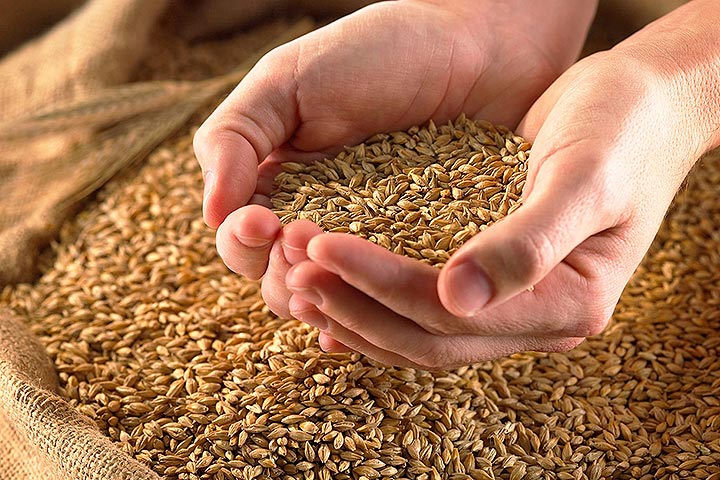

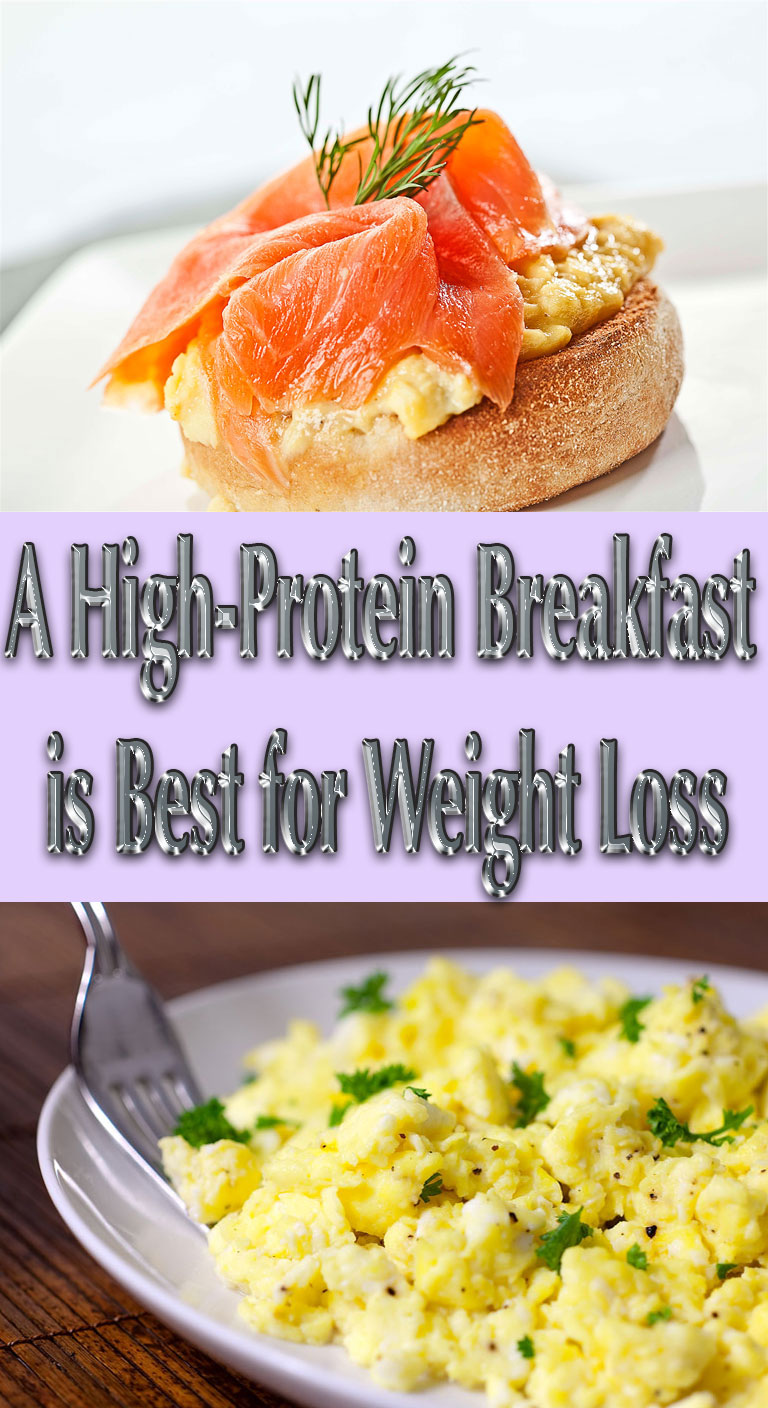

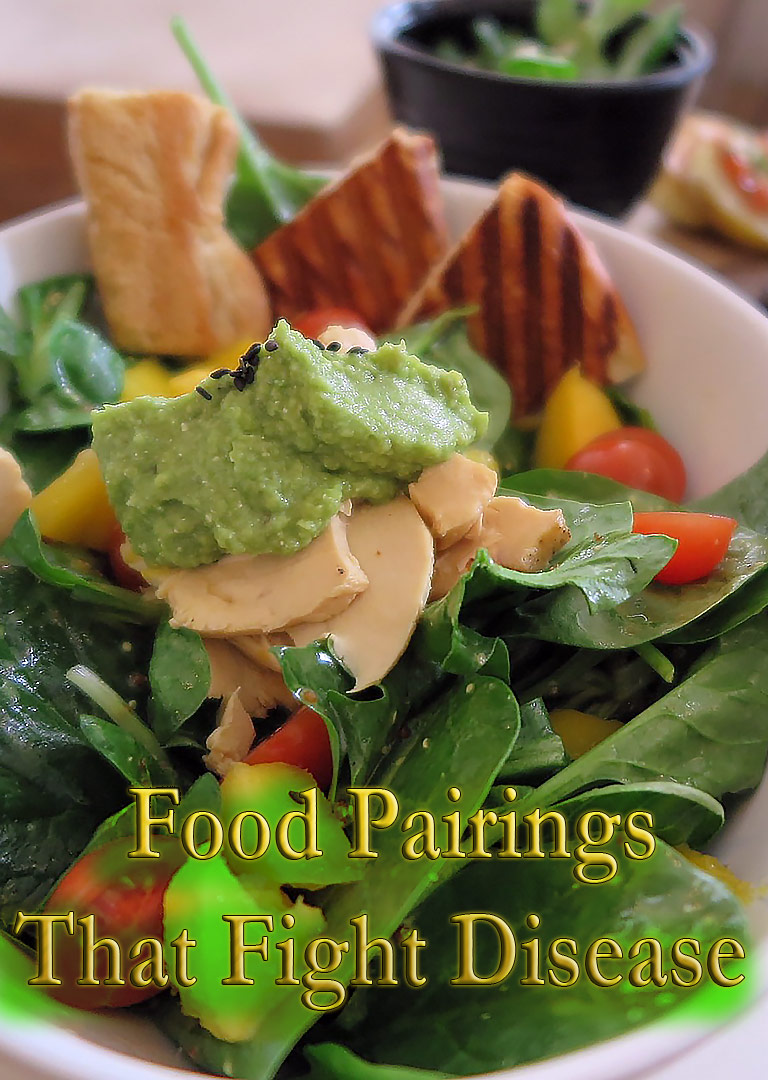
Leave a Reply